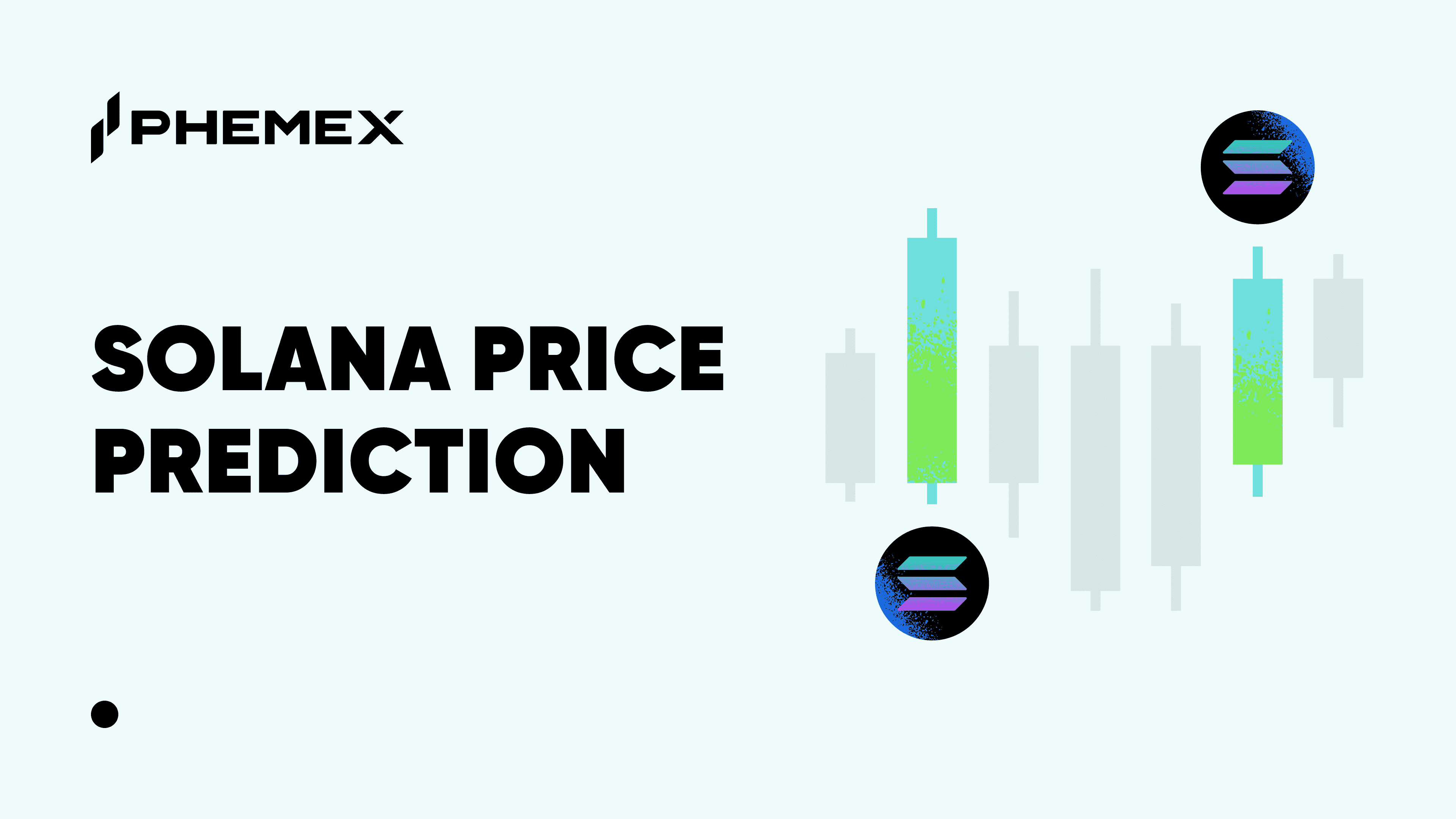There’s a lot of mystery about the blockchain, what is it, who has it, where it’s stored, what it does, and how to get involved in one. The blockchain is in fact a huge historical ledger that contains thousands of transactions, and the Bitcoin blockchain is a large file that can be downloaded and ran on a special hard drive and CPU.

People who want to own a copy of the Bitcoin blockchain are called full nodes. A full node is a program that fully validates transactions and blocks. Almost all full nodes help the network by accepting transactions and blocks from other full nodes, validating those transactions and blocks, and then relaying them to further full nodes.
 (Source: Map of where the Bitcoin node operators are located worldwide. The Bitcoin blockchain spans across nearly all the continents, thus speaking to its size and reach)
(Source: Map of where the Bitcoin node operators are located worldwide. The Bitcoin blockchain spans across nearly all the continents, thus speaking to its size and reach)
When the Bitcoin blockchain grows, it means there are more nodes joining the network, and subsequently more transactional activity, wallets, and competitive mining – which is a great sign for the future of the Bitcoin blockchain and most importantly, a healthy and decentralized cryptocurrency network.

Bitcoin Blockchain Size 101: How Big Is The Bitcoin Blockchain?
The current size of the entire Bitcoin blockchain is 435 GB. This means the network of transactions is extremely large and too big to simply put on a regular laptop of desktop hard drive.

How Fast Does The Bitcoin Blockchain Size Grow?
Since 2016, the Bitcoin blockchain has grown in size by an annual rate of 36%, from a size of 95 GB in 2016 to 435 by October 2022. In pure memory terms, that’s almost 350 GB of data and transactions that have been added to the Bitcoin blockchain.
Bitcoin Blockchain Size Chart | ||
| Year | Gigabytes | % Increase |
| Bitcoin Blockchain Size 2015 | 53 GB | x |
| Bitcoin Blockchain Size 2016 | 95 GB | 79% |
| Bitcoin Blockchain Size 2017 | 146 GB | 54% |
| Bitcoin Blockchain Size 2018 | 193 GB | 32% |
| Bitcoin Blockchain Size 2019 | 250 GB | 30% |
| Bitcoin Blockchain Size 2020 | 311 GB | 24% |
| Bitcoin Blockchain Size 2021 | 374 GB | 20% |
| Bitcoin Blockchain Size 2022 (October) | 435 GB | 16% |
As you can see in the picture below, when extending this timeline back to 2009, you can see just the immense growth of the Bitcoin blockchain. This mainly means that more miners are validating blocks, there’s transactions being filled up in the blocks, and nodes are validating those transactions.

Scalability: How Many Transactions In A Bitcoin Block?
One important caveat is the the 435 GB is the actual Bitcoin blockchain size, but that’s different from the size of the actual blocks themselves, which are 1 MB. Shortly after creating the Bitcoin blockchain, Satoshi Nakamoto added block size limits. So as it stands today, the Bitcoin blockchain block size limit is 1 MB.
But in 2017, there was an upgrade to increase the block weight, which theoretically allowed the block size to expand to 4 MB, but realistically, this number is only 2 MB.
The Bitcoin blockchain block size debate is still a hot one today as it’s really a debate about scalability and being able to process more transactions, but also not losing grip of the decentralization and security aspects of the network – such as not allowing the possibility of a 51% network attack to happen.
So as it stands, with a block size of 1 MB, the Bitcoin network is able to process up to 7 transactions per second, which of course is a much smaller number than many other layer one blockchains, and much less processing power than the likes of Visa.











